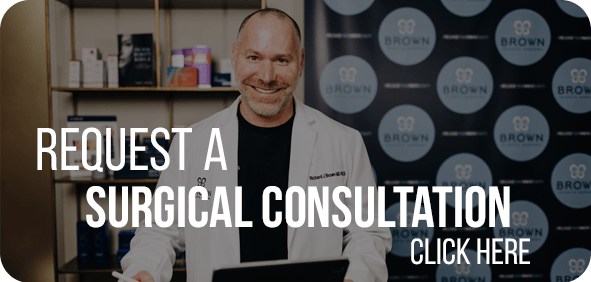FAT GRAFTING
Fat Grafting involves harvesting fat from another part of the body and carefully re-injecting it into the areas of the body requiring volume enhancement, whether the face, breast or other parts of the body. Fat is one of most well tolerated fillers available to aesthetic surgeons, and thus has broad applications. This procedure is safe when injected carefully, is long lasting, and can have very natural looking results. The procedure may have to be performed several times to produce desired results because not all fat cells will survive the transfer.
The most common treatment sites for fat grafting to the face are the areas under the eyes, the temples, the cheeks, the lips, the chin, the jaw line, the forehead and the area just above your nose in between the brows. Fat grafting can also be used to help fill scars and deep lines.
The site being treated must have good enough blood circulation so that the injected fat cells are nourished and can regenerate their own blood supply. This is a key factor in obtaining the longest lasting results.
You are a good candidate for fat grafting if you are in good health and have a desire for augmentation or want to fill volume-deficient areas. It can be used to contour areas where liposuction has caused irregularities, in the face as a volume-filler, and in the breast.
During the procedure, fat is harvested using a special suction cannula with sterile technique. Once enough fat is obtained from the donor area, it is then purified. This usually requires the use of a centrifuge which spins the fat and removes impurities. The fat is then placed into the areas requiring augmentation. The injection needle is usually passed in and out of the areas to be augmented multiple times, creating a ‘grid’ of threads of fat graft. To create a satisfactory contour, the areas that were injected may then be massaged by the surgeon. A dressing may then be placed.
Risks to the Patient:
- Swelling, which should settle down within several weeks.
- Bruising in both the donor and recipient areas as a result of minor bleeding.
- Numbness of the skin overlying the donor and injected areas, which normally resolves.
- Slight asymmetry or contour irregularity.
- Under or over correction of the affected area
- Loss of fat viability, which may require additional procedures.
- Infection
Contact our office today to learn more about fat grafting!

PATIENT TESTIMONIALS
"Hi, my name is Diana. I am a patient of Dr. Richard J. Brown. I started my breast reconstruction on March 23, 2012 after having a double mastectomy in May of 2012. Dr. Brown has done an amazing job, my progress is great and my breasts are beautiful once again. Dr. Brown is very compassionate and professional. Thank you Dr. Brown for giving me back what cancer took away from me."*.
- Diana R.
*Individual results may vary*
"My experience with Dr. Brown and his staff has been nothing less than exceptional! It's been a long road. I just completed breast reconstruction/augmentation and removal of excess skin/fat from my upper arms following a 100+ pound weight loss. Very pleased with the early results! Not just highly recommended, but the highest recommendation ever!!!"*
-Lisa W
*Individual results may vary*



